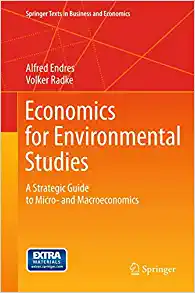Question
1.The government of a small country is trying to encourage competition in the market for product X and offers a significant per-unit subsidy. However, it



1.The government of a small country is trying to encourage competition in the market for product X and offers a significant per-unit subsidy. However, it fails to incentivize an increase in competition. Which of the following could explain this scenario? (2 points)
The price elasticity of demand is very high.
A per-unit subsidy does not change output decisions.
No firm in the industry has market power.
The firms in the market are selling indistinguishable units of product X.
There are insurmountable barriers to entry into the market.
2.
Deniques Limited is the only provider of sophisticated medical equipment in Farland. It perceives the demand curve it faces to be the same as the market demand curve. If its demand is represented by P = 100 ? 2Q, which of the following is correct about Deniques Limited? (2 points)
An increase in the price decreases economic losses.
A decrease in price decreases the quantity sold.
A decrease in price increases the quantity sold.
Higher levels of output bring in increasingly lower total revenue if demand is elastic.
Maintaining the current price decreases the quantity sold over time.
3.Which of the following characteristics are unique to the monopoly market structure? (2 points)
Market power
Persistent economic profits
Marginal revenue beneath demand
Economies of scale
An insurmountable barrier to entry
4.The allocatively efficient quantity of product Z for the whole market is 2 million units. At that quantity, the demand for Z is at $5 and the average total cost for its single supplier is $7. The average total cost does not fall to $5 until 3.5 million units. Based on this data, the market for product Z is (2 points)
operating with decreasing returns to scale
a natural monopoly
a legal monopoly
monopolistically competitive
productively efficient
5.The graph below represents the demand graph of a monopolist. (2 points)



Step by Step Solution
There are 3 Steps involved in it
Step: 1

Get Instant Access to Expert-Tailored Solutions
See step-by-step solutions with expert insights and AI powered tools for academic success
Step: 2

Step: 3

Ace Your Homework with AI
Get the answers you need in no time with our AI-driven, step-by-step assistance
Get Started


